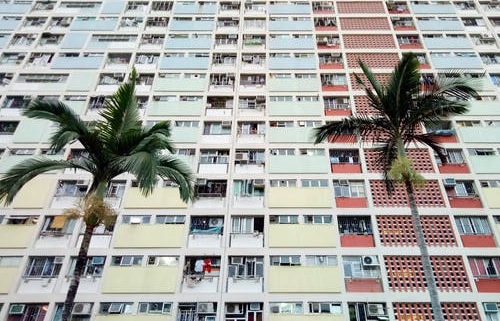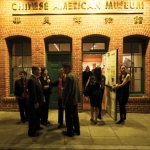Fire safety in buildings
Fire safety in buildings is determined by a number of factors: the provisions of means of escape in case of fire, the ability for a building to resist the effects of fire and to minimize the spread of fire and smoke and the provision of means of access to enable firefighters to effect rescue and fight fire.
Common fire hazards
- Improper use and poor maintenance of gas stoves often create fire hazards.
- Kitchen fires from unattended cooking, grease fires/chip pan fires
- Electrical systems that are overloaded, poorly maintained or defective
- Combustible storage areas with insufficient protection
- Combustibles near equipment that generates heat, flame, or sparks
- Candles and other open flames
- Smoking (Cigarettes, cigars, pipes, lighters, etc.)
- Equipment that generates heat and utilizes combustible materials
- Flammable liquids and aerosols
- Flammable solvents (and rags soaked with solvent) placed in enclosed trash cans
- Fireplace chimneys not properly or regularly cleaned
- Cooking appliances – stoves, ovens
- Heating appliances – fireplaces, wood-burning stoves, furnaces, boilers, portable heaters, solid fuels
- Household appliances – clothes dryers, curling irons, hair dryers, refrigerators, freezers, boilers
- Chimneys that concentrate creosote
- Electrical wiring in poor condition
- Leaking/ defective batteries
- Personal ignition sources – matches, lighters
- Electronic and electrical equipment
- Exterior cooking equipment – barbecue
Fire Safety Code
In the United States, the fire code (also fire prevention code or fire safety code) is a model code adopted by the state or local jurisdiction and enforced by fire prevention officers within municipal fire departments. It is a set of rules prescribing minimum requirements to prevent fire and explosion hazards arising from storage, handling, or use of dangerous materials, or from other specific hazardous conditions. It complements the building code. The fire code is aimed primarily at preventing fires, ensuring that necessary training and equipment will be on hand, and that the original design basis of the building, including the basic plan set out by the architect, is not compromised. The fire code also addresses inspection and maintenance requirements of various fire protection equipment in order to maintain optimal active fire protection and passive fire protection measures.
A typical fire safety code includes administrative sections about the rule-making and enforcement process, and substantive sections dealing with fire suppression equipment, particular hazards such as containers and transportation for combustible materials, and specific rules for hazardous occupancies, industrial processes, and exhibitions.
Sections may establish the requirements for obtaining permits and specific precautions required to remain in compliance with a permit. For example, a fireworks exhibition may require an application to be filed by a licensed pyrotechnician, providing the information necessary for the issuing authority to determine whether safety requirements can be met. Once a permit is issued, the same authority (or another delegated authority) may inspect the site and monitor safety during the exhibition, with the power to halt operations, when unapproved practices are seen or when unforeseen hazards arise.



